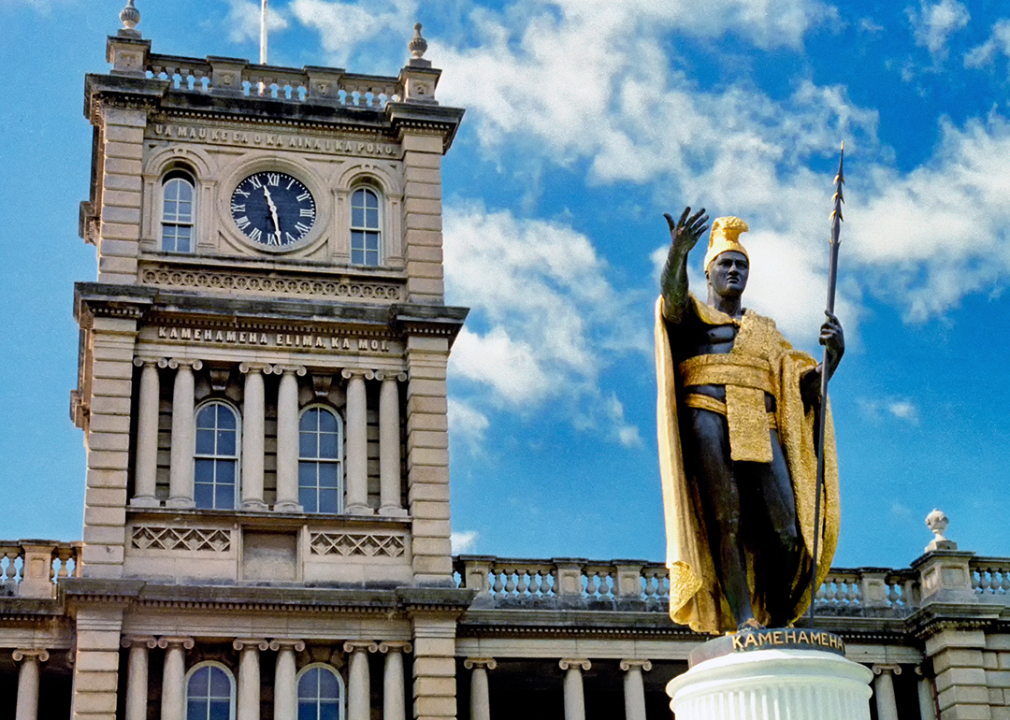
Since the nation's earliest days, Asian Americans, Native Hawaiians, and Pacific Islanders have played vital roles in shaping the United States. They have carved out communities in isolated swamps, built the country's first transcontinental railroad, pushed back against injustices, and so much more over the past few centuries.
Though these movers and shakers don't always make the history books, dozens of sites across the country tell their stories—and not just behind glass walls and verbose museum texts. Yes, you might have to put in a little legwork to reach some of these places, but there's no time like the present to get to know more about the history and culture of people who have, in turn, helped shape American life.
Stacker used information from the National Park Service and other sources to compile a list of historical sites, like 'Iolani Palace and Angel Island, where you can learn more about Asian American, Native Hawaiian, and Pacific Islander heritage. This is by no means a comprehensive list; instead, you can use it as a starting point to find even more heritage sites like Kaunolu Village and Morro Bay. The AA & NHPI umbrella covers dozens of unique cultures, each with its own pivotal contributions to U.S. history.
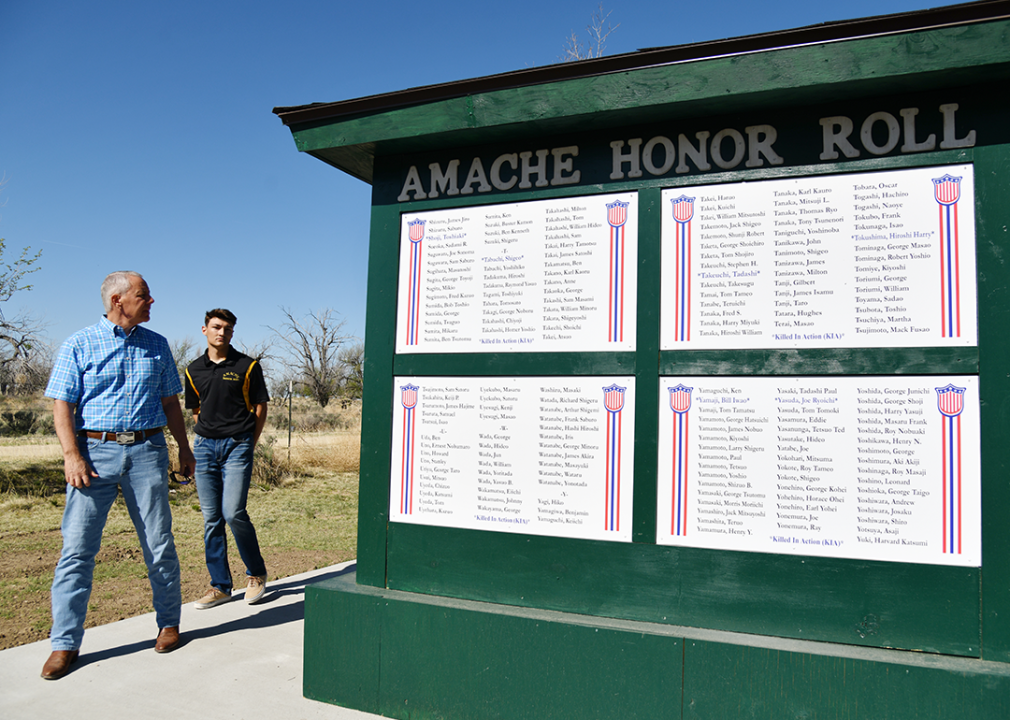
If Amache National Historic Site sounds familiar, that's because it made headlines in February 2024, when this former incarceration site was announced as the country's newest national park. A collection of low-slung buildings in the southeastern Colorado prairies, Amache marks one of the darkest chapters in Asian American history.
Due to racially biased fears of treason during World War II, over 10,000 Japanese Americans were detained at Amache between 1942 and 1945. Visitors to Amache today can tour the reconstructed, WWII-era buildings and reflect on the stories of the thousands of detainees unjustly incarcerated here—and at the many other incarceration camps throughout the United States.
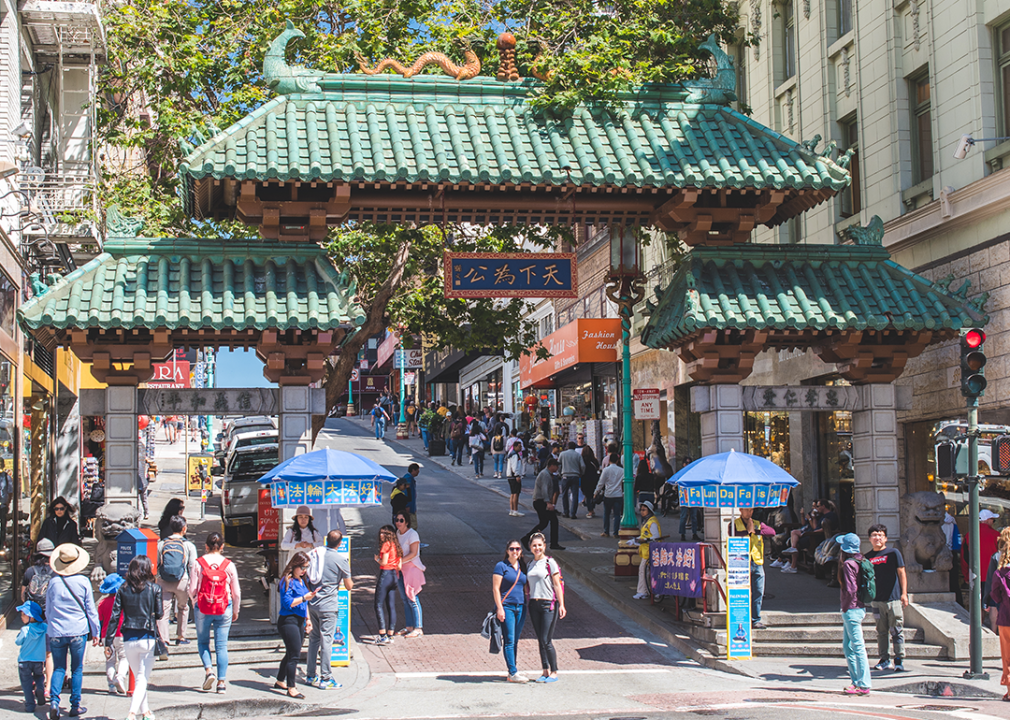
Though Chinatowns dot the U.S. from coast to coast, San Francisco's came first. Dating back to the 1850s, this district is not only the oldest Chinatown in North America but also one of the largest Chinatowns outside of Asia.
You'll find countless nooks and crannies to explore here, surrounded by colorful storefronts and historic temples like Tin How, which is dedicated to Mazu, a deity that early Chinese immigrants believed blessed them as they made the difficult journey from China to the United States. Many of these structures were built by some of the country's earliest Chinese immigrants, who settled here after entering the country via the nearby Angel Island Immigration Station (more on that later).
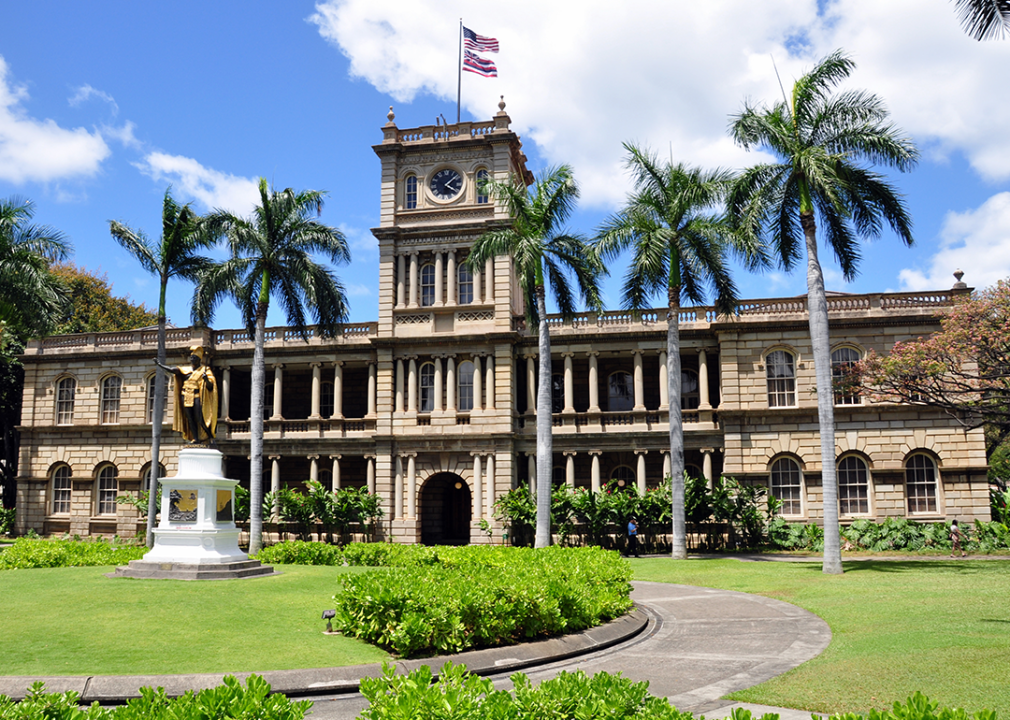
Located on Honolulu's King Street, the imposing 'Iolani Palace once housed the last reigning monarchs of the Hawaiian Kingdom, including Queen Liliʻuokalani. King Kalākaua constructed this official royal residence (the only one in the U.S.) and political center in 1882, on the site of a previous residence built by King Kamehameha III.
The monarchy was deposed in 1893, but the palace remains an enduring symbol of Hawaiian pride. After a nearly 80-year period of being used as the capitol building, 'Iolani Palace has been restored to its former glory, serving as a center for Hawaiian history and culture today.
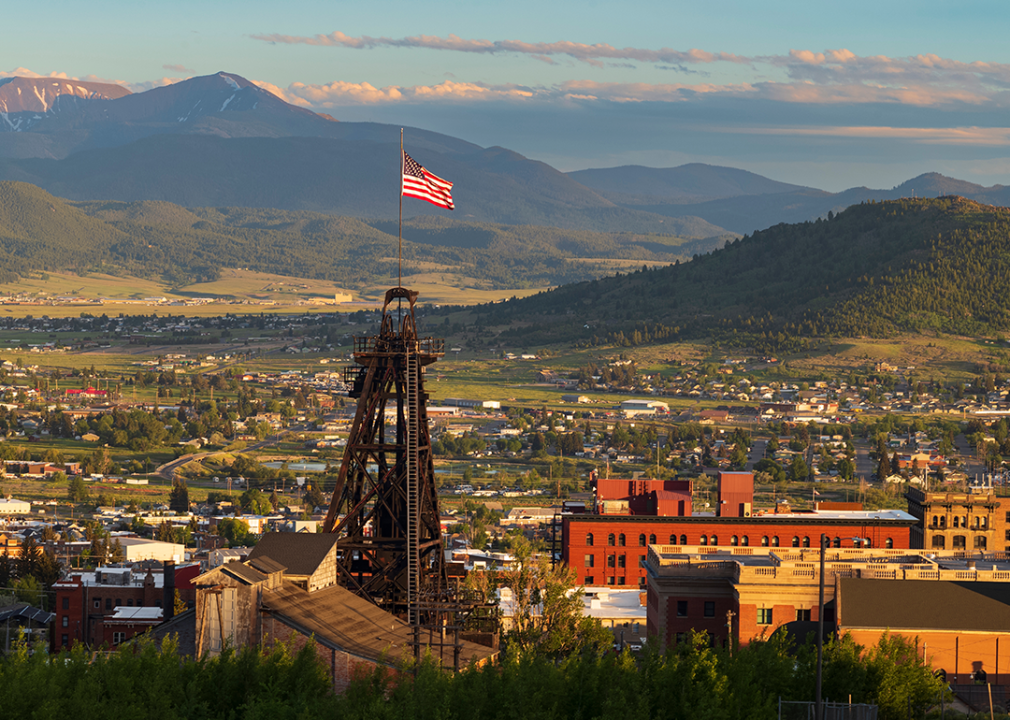
Commemorating what was once one of the largest Chinese American settlements in the Rocky Mountains, this Montana landmark encompasses the communities of Butte, Anaconda, and Walkerville. As early as the 1860s, many Chinese immigrants flocked here to join the gold rush that had captivated the rest of the U.S. But after they were forced out of the mining industry due to anti-Chinese sentiment, they pivoted to set up shops and other businesses.
Many of those establishments have survived decades of racist backlash and can still be seen today in the Butte-Anaconda Historic District, including Pekin Noodle Parlor, the oldest continuously operating Chinese restaurant in the United States.
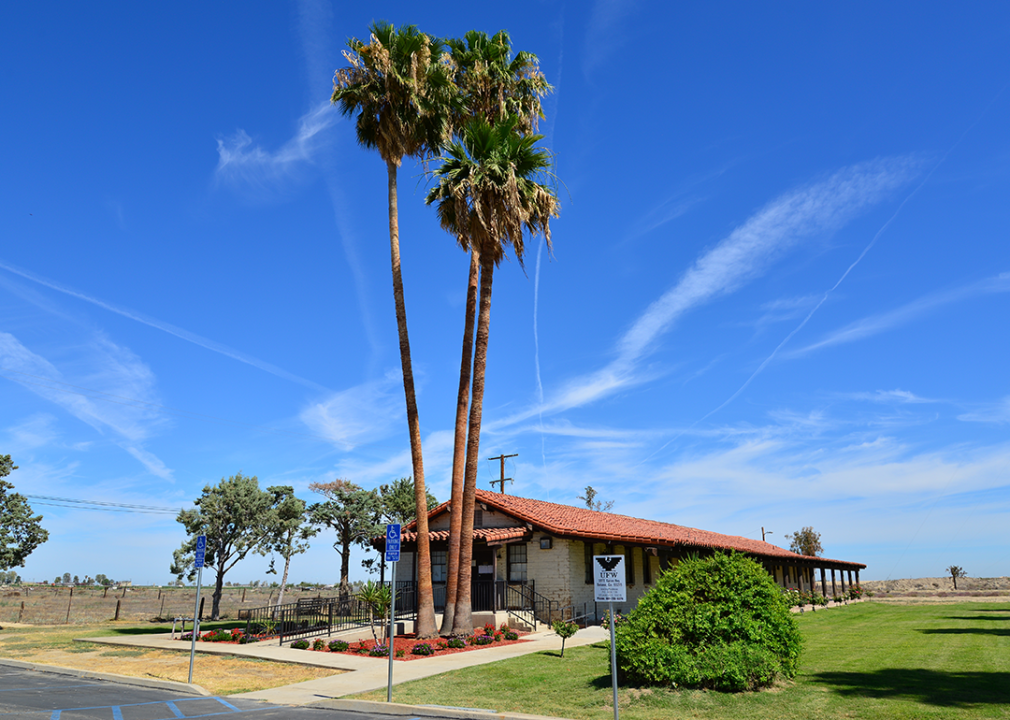
The labor rights movement is intrinsically entwined with Filipino American history, and there are fewer places where that's more evident than at The Forty Acres in Delano, California. This property served as the headquarters for the United Farm Workers Organizing Committee, a collection of Filipino and Latino labor rights activists that included Larry Itliong and César Chávez. After UFWOC leaders successfully negotiated with California grape growers for higher wages and better living conditions, The Forty Acres began providing essential services like health care and retirement resources to workers.
To learn more about the role of Filipinos in the labor rights movement, drive just five minutes to the Filipino Community Hall, where Itliong led Filipino farm workers to vote on the historic Delano Grape Strike in 1965.
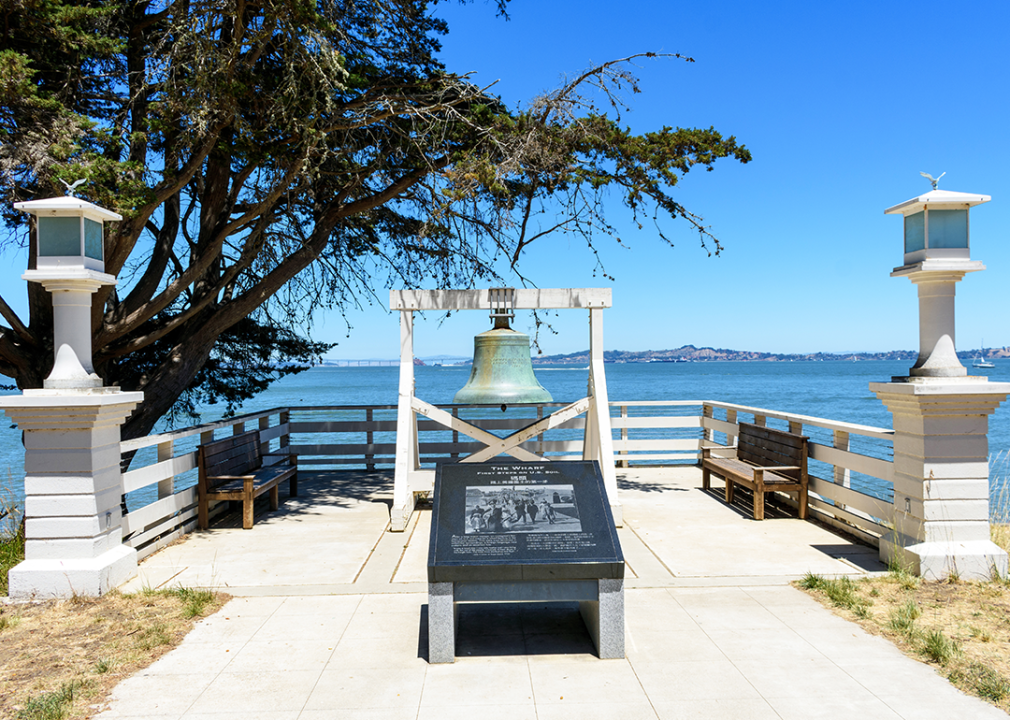
Opened in 1910, Angel Island Immigration Station in San Francisco Bay was specifically designed to process immigrants from China, who were subject to entry restrictions under the 1882 Chinese Exclusion Act. As a result, Chinese immigrants were often detained here for murky reasons over indefinite periods of time—in some cases, as long as two years. While many immigrants processed here were from China, people from over 80 countries such as Japan, Germany, Russia, and the Philippines also passed through the station's halls.
In the restored barracks rooms, visitors to Angel Island today can see the poems carved into the walls by detainees and learn more about the station's past.
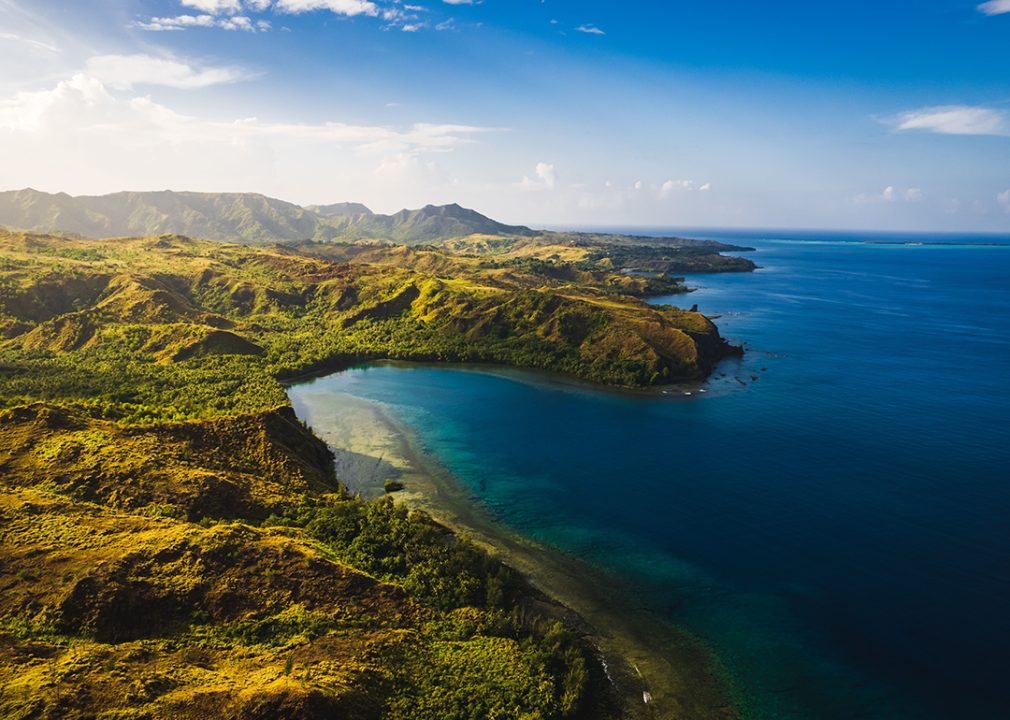
On the island of Guam, the archaeological site of Pågat is just as beautiful as it is historically fascinating. Visitors can explore extensive stone ruins, which once formed the foundations of a prehistoric village inhabited by the native Chamorro people.
When you're done looking at the ruins and other artifacts, visit the beaches and freshwater caves that may have attracted the settlement's earliest inhabitants. Indigenous people continue to conduct cultural practices at Pågat to this day, so always be mindful of your environment.

Golden Spike National Historical Park in Utah commemorates one of the most significant events in United States history: the completion of the first transcontinental railroad, which connected the sprawling country from coast to coast. Driven in by Leland Stanford (yes, that Stanford), the symbolic golden spike (along with three other spikes) marked the meeting point of the Union Pacific Railroad and the Central Pacific Railroad, the latter of which was built in large part by Chinese immigrants.
In addition to information on the railroad and the 1869 completion ceremony, Golden Spike National Historical Park also preserves evidence of Chinese American railroad workers, whose often-unacknowledged efforts ushered in a new era for the United States.
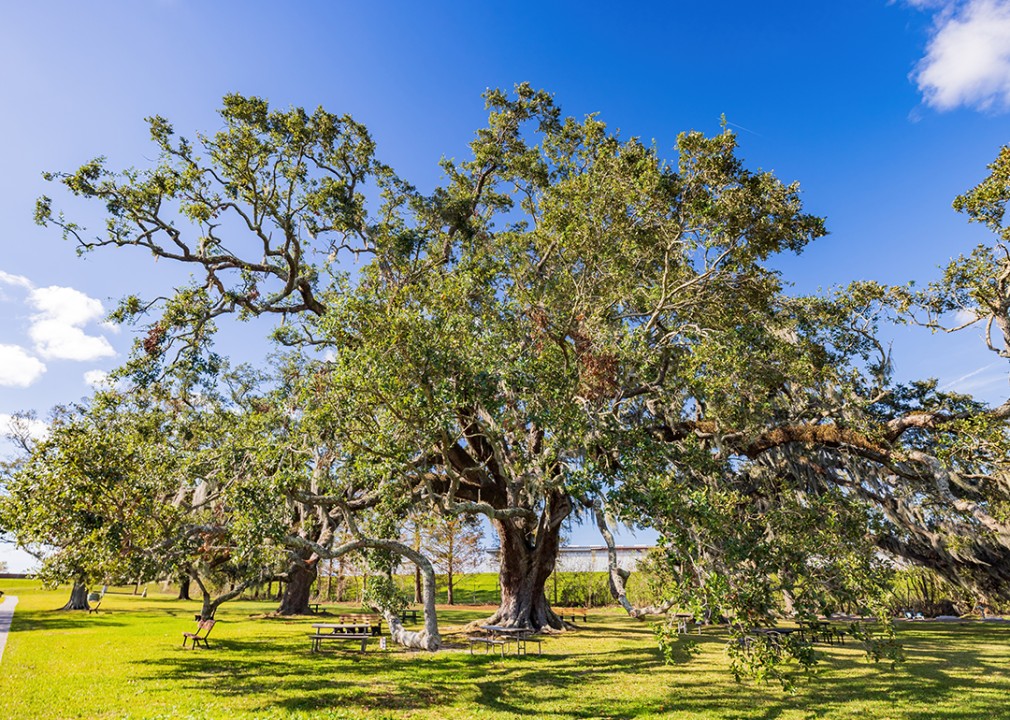
Even if you already know that Asian immigrants heavily influenced local fishing culture in the deep South, you might not know just how far back that influence extends. Believed to be the country's first permanent Asian American settlement, Saint Malo was once a thriving fishing community populated by Filipino immigrants, who built stilted houses above the Louisiana swampland as early as the 1760s.
Though a hurricane, unfortunately, destroyed Saint Malo in the late 19th century, you can still learn more about this early FilAm town by visiting its former location on the shores of Lake Borgne.
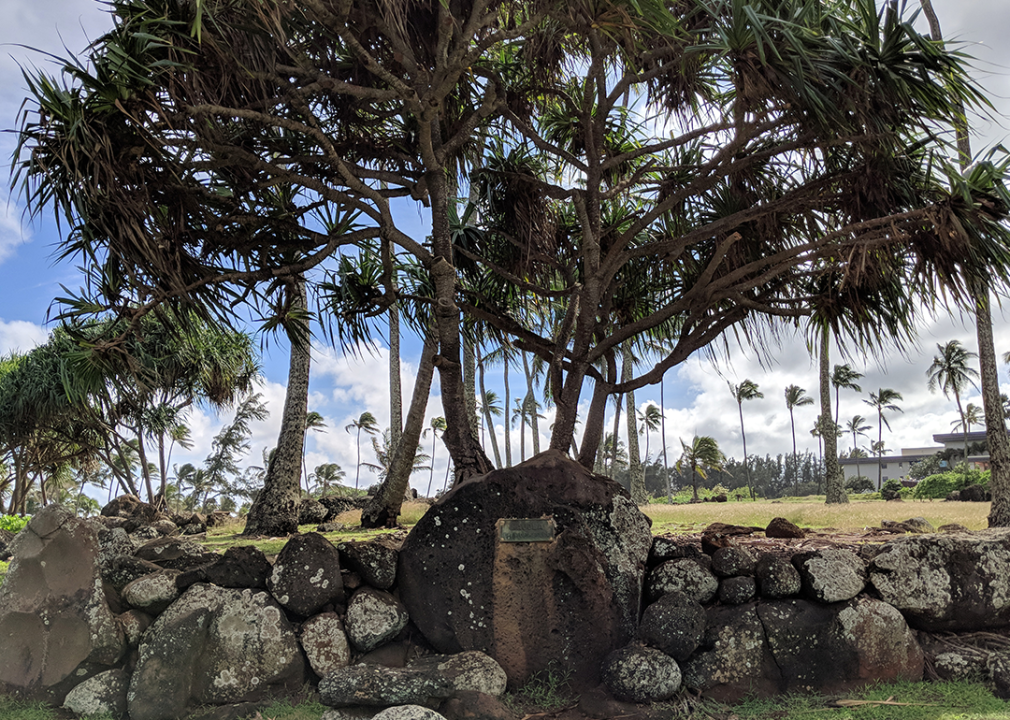
On Kauaʻi island in Hawai'i, Wailua River State Park dazzles visitors with its waterfalls and lush greenery, but it's much more than just a pretty place. The park hosts the Wailua Complex of Heiaus, a network of petroglyphs, pu'uhonua (places of refuge), and heiaus (places of worship) believed to have been used by early Hawaiian chiefs. This national historic landmark also falls on the Wailua Heritage Trail.
Explore Wailua River State Park on foot or aboard a kayak, and take some time to imagine how the Hawaiian people used to navigate this incredible landscape.
Story editing by Carren Jao. Copy editing by Tim Bruns.